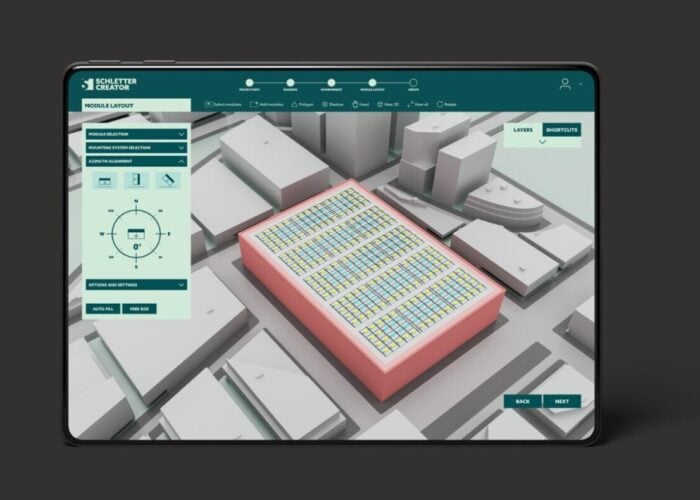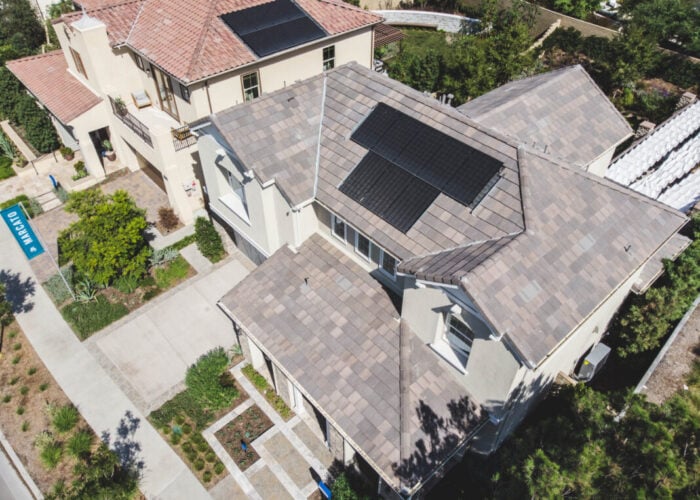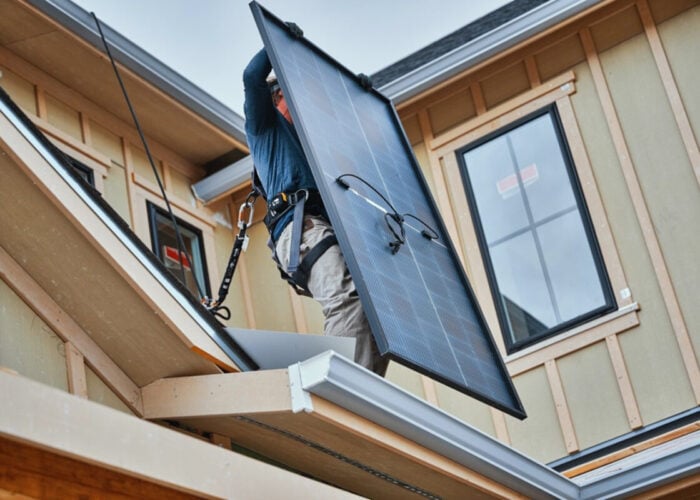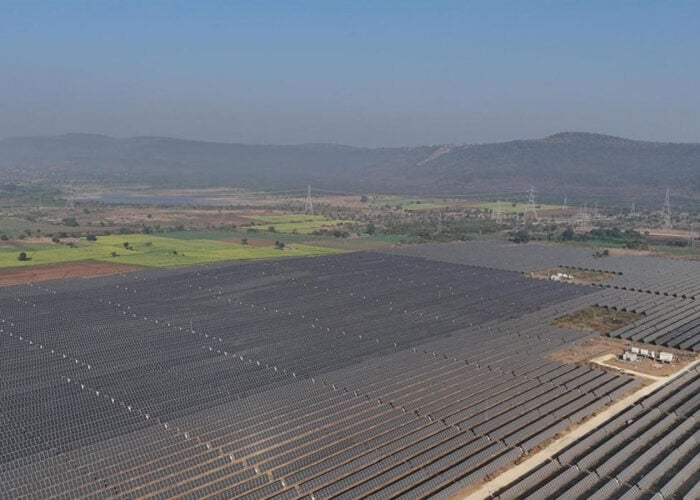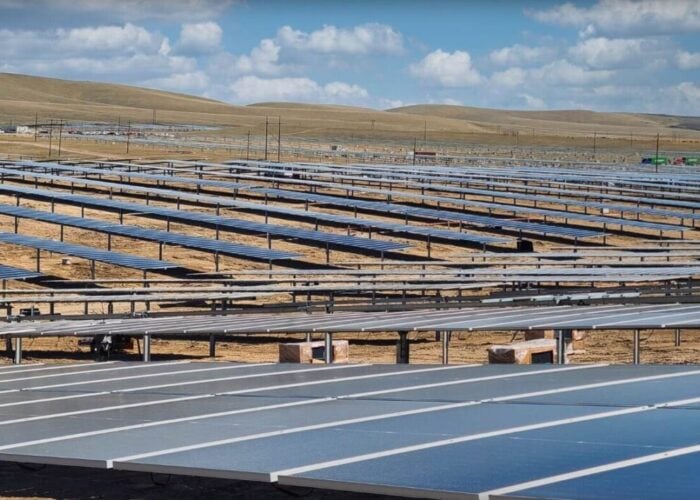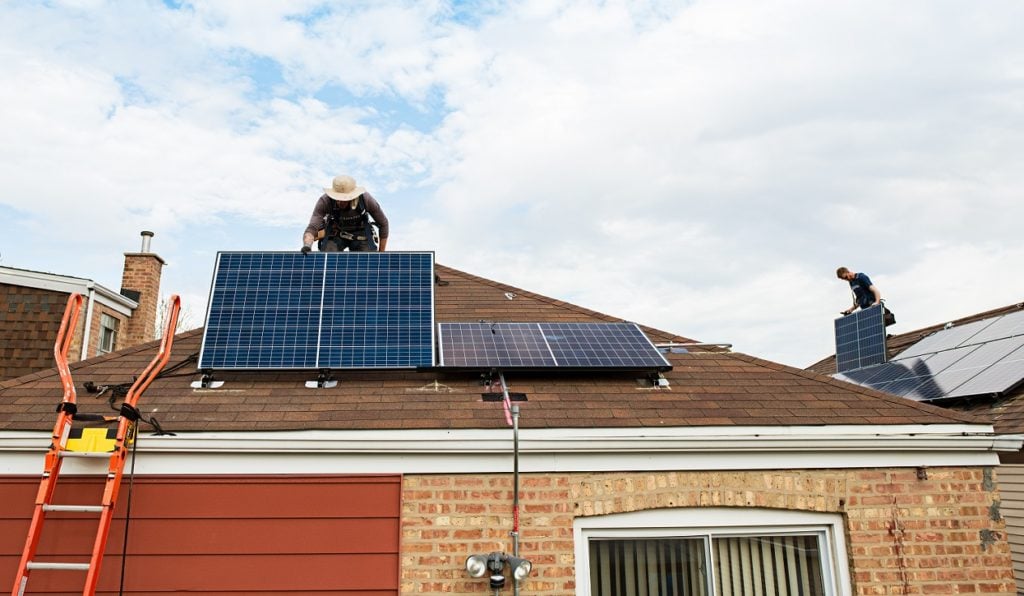
One third of US households who installed solar PV in 2021 had incomes between US$50,000-100,000, according to a report from Lawrence Berkeley National Laboratory’s (LBNL).
Considered as “middle income” by the report, it represented the highest share of new solar adopters last year, with 15% of adopters below that range and more than half (52%) above that threshold (see chart below).
Unlock unlimited access for 12 whole months of distinctive global analysis
Photovoltaics International is now included.
- Regular insight and analysis of the industry’s biggest developments
- In-depth interviews with the industry’s leading figures
- Unlimited digital access to the PV Tech Power journal catalogue
- Unlimited digital access to the Photovoltaics International journal catalogue
- Access to more than 1,000 technical papers
- Discounts on Solar Media’s portfolio of events, in-person and virtual
Or continue reading this article for free
The LBNL report provides an overview of key trends in the US market based on income and demographic data for roughly 2.8 million systems installed through 2021, representing 86% of all US systems.
The report showed that adopters of residential solar had a medium income of US$110,000 per year, compared with a median national income of US$63,000. This is partially due to California accounting for almost half of solar adoptions and being a high-income state.
Solar adoption, however, has slowly been migrating towards less affluent households with a decline in the past decade from a median income solar adopter of US$129,000 in 2010 to last year’s US$110,000. This trend occurring across most US states.
The market has been broadening into low- and middle-income states since 2016 and represented 15% and 26% of installs in 2021, respectively.
Almost half of the growth has come from Texas (categorised as middle-income) and Florida (low-income), while high-income states’ installs have dipped during that period, even though they still represent 59% of the market share.
Despite PV adoption from disadvantaged communities (DACs) rising from 5% in 2010 to 11% in 2021, they still remain under-represented among solar adopters relative to DACs proportion of the US population (18%).
Moreover, the median size of systems increased by 37% from lowest-income to highest-income households, with 5.9kW for households with an income lower than US$50,000 and 8.1kW for incomes higher than US$200,000.
An earlier report from LBNL showed that the median residential PV system in the US continued to grow and reached 7kW in 2021.
The above trends have also been replicated in the co-location of battery storage, which is generally adopted by higher income households due to the additional cost of storage.
Hawaii isa notable exception, where almost 90% of all residential solar PV installs in 2021 were paired with storage, with median income of households with solar-plus-storage at a similar level as those installing just standalone solar. In California, the median income of solar-plus-storage adopters was 20% higher than standalone solar adopters.
Overall last year in the US, roughly 12% of rooftop residential solar was paired with storage.

